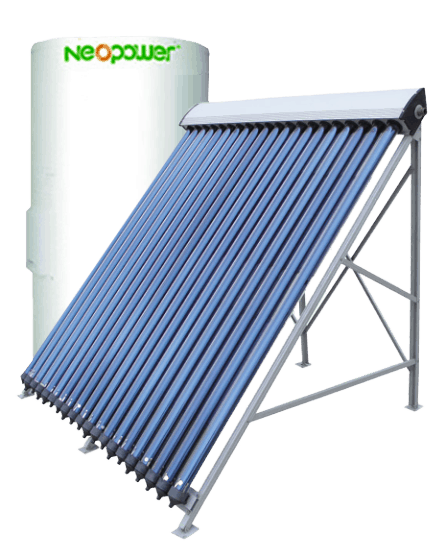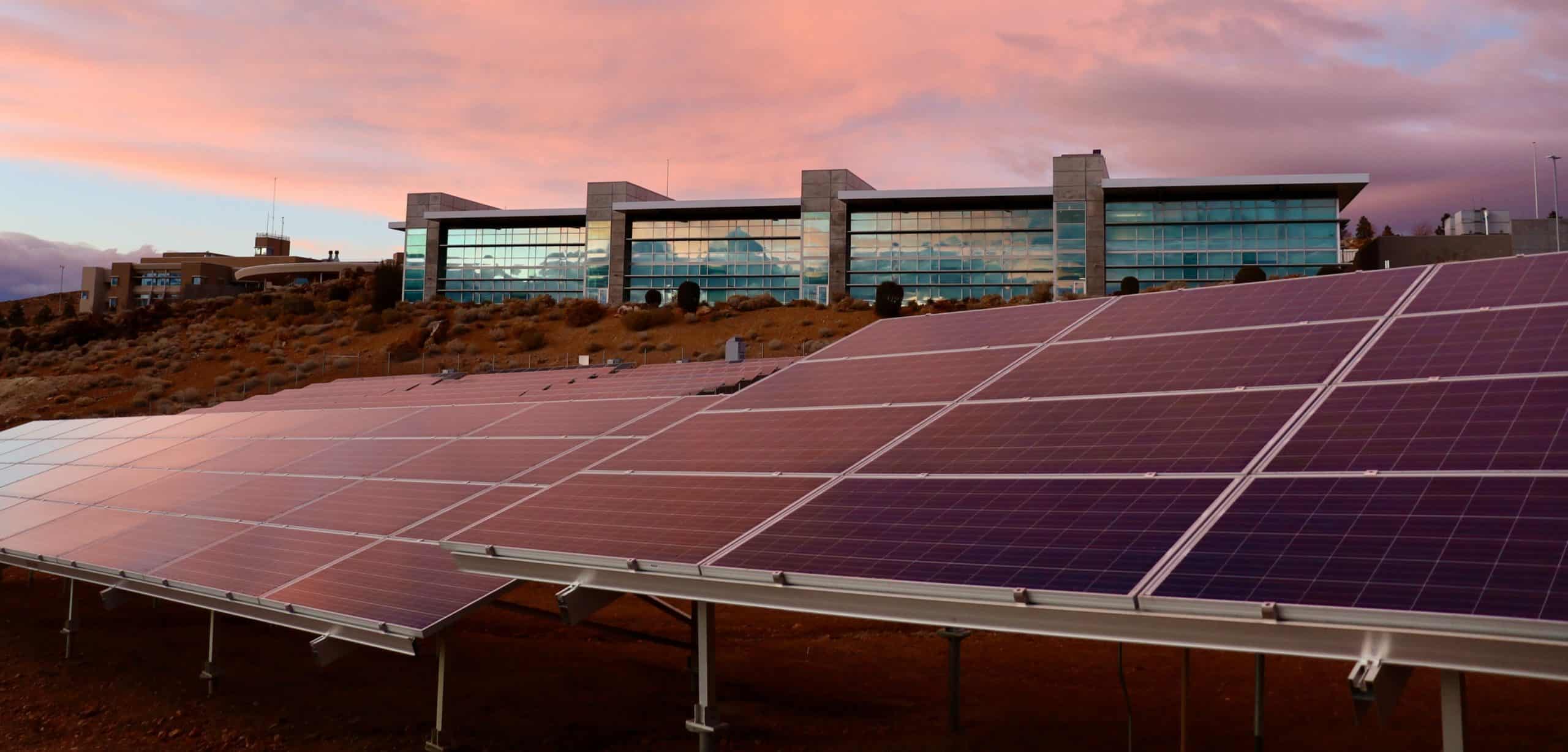Save Now, Pay Later.
With flexible payments from handypay.
Save Now, Pay Later.
With flexible payments from handypay.
Published

Today we are going to talk about evacuated tubes and how they work.
In recent years we have seen the popularity of evacuated tubes die off a bit. Mainly because of the cost and competition with heat pump hot water units and the lower solar power feed in tariffs encouraging people to dump their excess energy into their hot water cylinders as opposed to selling it to the grid for a lower value. The other thing holding them back is all they can do is heat hot water.
We sell heat pump hot water systems and encourage timers to dump excess energy into hot water cylinders with all our solar customers, and while there is nothing wrong with heat pump hot water units and using regular electric hot water cylinders as a cheap battery, there is something elegant about the simplicity and efficiency of how evacuated tubes work.
It all starts at the sun, the bright big glowing orb at the centre of our galaxy. As we have mentioned before, it expels energy in a variety of forms but it’s the long wave infrared radiation that we are interested in today. Now, this is an important, because space is a cold place even though it has all this energy streaming through it. Why do we think that is?
It’s a vacuum with a total absence of anything. Long wave lengths of energy or radiation can pass straight through it.
Evacuated tubes also employ a vacuum. That’s where we get the name from as they are an inner and outer round shell of glass that has had all the air evacuated out of it. Inside the inner tube there is a thermal coating. The long wave radiation passes through both layers of glass and the vacuum in between them and hits the thermal coating where the energy is converted from long wave to short wave energy. Remember, we cannot create or destroy energy but only change its form.
This shortwave energy cannot pass through the vacuum section of the evacuated tube. It’s trapped. Inside the evacuated tube there is a copper heat pipe running down the length of the tube and the these can be filled with purified water, ethyl glycol in fact. There is few different methodologies used but essentially they all do the same thing. They absorb that trapped heat in the glass tube and direct it into the manifold. Where it is transferred into the water and pumped down back into to the tank.
This process is so efficient that over 92% of the energy captured by the tubes is directed into the water, with any thermal losses generally taking place in the trips to and from the tank.
It’s super efficient at heating hot water. As far as roof space goes, about 30 tubes covers roughly around the same energy as 3 solar photovoltaic panels, and even using really efficient modern panels would only equate to a maximum of around 1100 watts of energy harvesting capacity in ideal conditions. The 30 tubes however equates to around 3000 watts of energy harvesting capacity, that’s around 300% better than solar panels. But that is heat energy, and all we can use it for is heating hot water which in turn could be used for space heating, but equipment for that gets real expensive real quick. Another feature that increases the efficiency ishat the tubes are round so they always have a similar surface area pointing towards the sun from morning through to the afternoon. Basically it’s passively tracking the sun.
The operation is quite simple. We have a basic sensor in the manifold and another in the bottom of the tank. These send data to the controller and when it sees a 7 degree Celsius difference the bottom of the tank and the water in the roof top manifold, it engages a tiny pump and starts transferring that energy into the tank. When the bottom of the tank has reached our desired temperature or there is no more energy to be had from the manifold, the pump stops.
Ideally the manifolds should be facing due north and have nice bit of tilt on them for good performance year round.
The insulated tanks
We tend to use bigger tanks with evacuated tubes as this is essentially a large lump of thermal mass we need to heat during the day, and we need to store enough energy during the day to carry the household through the night until the sun comes back up. There are also methods of additional boosting such as an electric element or gas boiler to make sure the house has plenty of hot water if the weather closes in or you have used a lot of hot water. These tanks are always mounted at ground level and usually outside.
Why do I like these so much? It’s their simplicity and longevity. I have solar hot water units out in the field now in their 13th year now and still chugging away. If a tank fails, that is easy to replace. If a tube loses its vacuum they are easy to replace. The whole system is largely set and forget, with perhaps an anode change every 5 years or so which all tanks require but no one actually does.
DMS Energy sell the NEOPOWER range and have done since day one. They have a huge 15 year warranty on the roof top manifold and tubes, plus a 10 year warranty on the tanks. Great bits of gear and we have a working display in our showroom. It has not even had its back up booster connected, so we run 365 days a year exclusively on the suns energy.
So there you have it, this is why I love evacuated tubes, the science is simple and amazing, and it has minimal moving parts which slows deterioration of the product.
Now, for your interesting energy fact of the week!
The world has over 2.3 million kilometres of pipelines carrying gas and oils around the world (that is enough to go around the world 4 times)When one of these ruptures we call it an oil spill or environmental disaster. On the other hand when we have a solar spill we just call that ‘a nice day’.

Simple, Low Rate Green Loans

Introducing award winning finance provider, Handypay, to bring you the most Competitive, Flexible and Versatile finance solution available in the home improvement industry today!
We have partnered with Handypay so customers can access a simple, affordable green loan for their solar panels and home batteries. Get a no-obligation quote and pre-approval in minutes, not weeks.
DMS Energy strives to Honestly, Ethically and Accurately assist Tasmanians to meet their energy reduction goals.
DMS Energy have advised countless locals on the right energy solutions for their home’s and business’s.




DMS Energy are not your typical energy efficiency salesmen! We are long time locals offering expert advice on solutions that are tailored to your individual needs. Talk to one of our experts today.